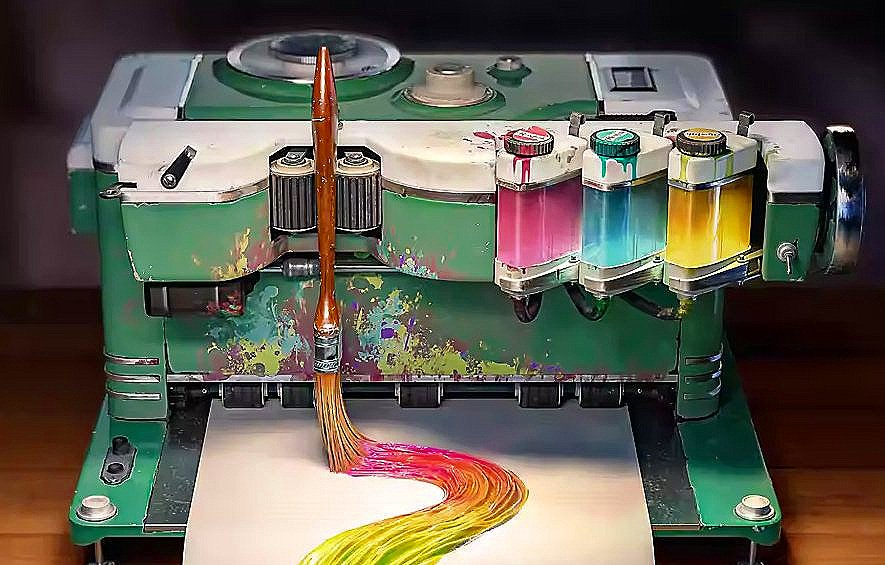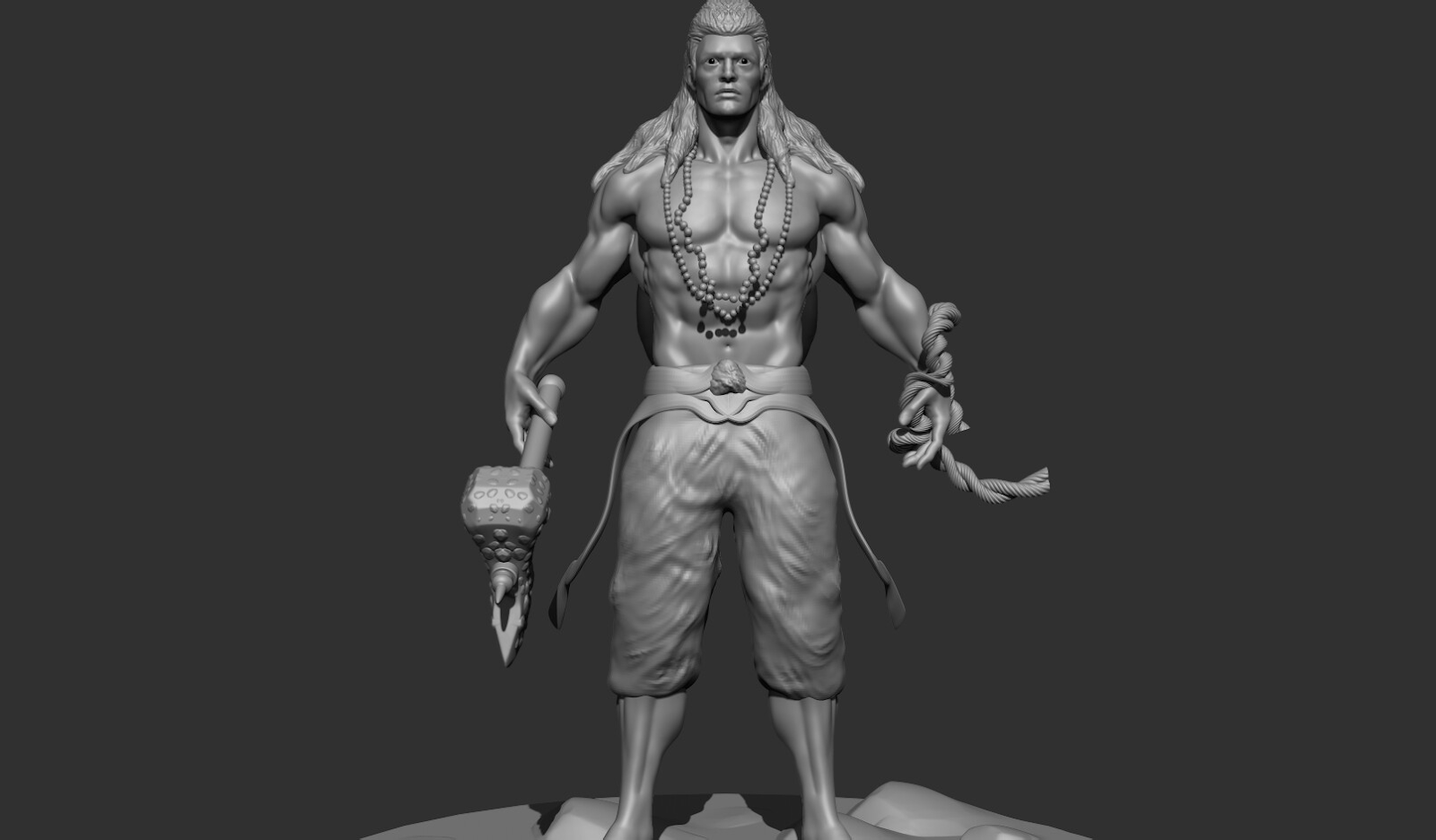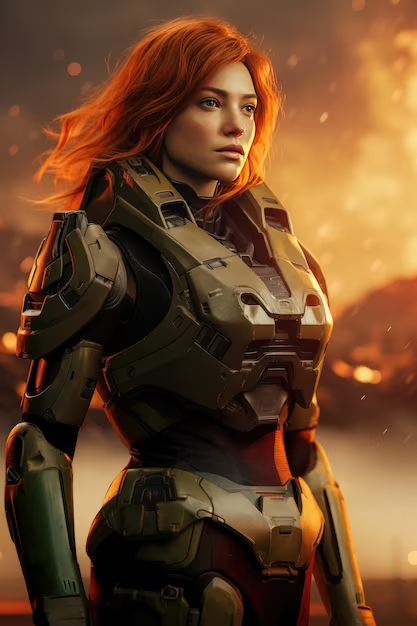In the dynamic realm of 3D graphics and virtual environments, texturing plays a pivotal role in creating immersive and visually stunning experiences. 3D texturing involves the process of adding surface details to a 3D model, giving it depth, realism, and character. This article delves into the fascinating world of 3D texturing, exploring its techniques, tools, and its impact on the overall visual appeal of virtual creations.
Understanding 3D Texturing:
Essential Concepts:
- UV Mapping: Before diving into texturing, understanding UV mapping is crucial. UV mapping is the process of flattening a 3D model's surface into a 2D plane, allowing artists to apply textures accurately.
- Textures and Materials: Textures are images applied to the surface of 3D models to simulate real-world materials. Materials, on the other hand, define how light interacts with the surface.
- UV Mapping: Before diving into texturing, understanding UV mapping is crucial. UV mapping is the process of flattening a 3D model's surface into a 2D plane, allowing artists to apply textures accurately.
Types of Textures:
- Diffuse Maps: These maps define the base color and appearance of the surface.
- Normal Maps: Normal maps add fine details to the surface by manipulating how light interacts with the model, creating the illusion of depth.
- Specular Maps: Specular maps control the shininess or reflectivity of a surface.
- Bump Maps: Similar to normal maps, bump maps add the illusion of surface details without altering the geometry.
Techniques in 3D Texturing:
Hand-Painted Textures:
- Artists can create unique and stylized textures by hand-painting directly onto a 3D model or a 2D UV map.
- This technique is often employed in game development to achieve a specific artistic style.
- Artists can create unique and stylized textures by hand-painting directly onto a 3D model or a 2D UV map.
Procedural Texturing:
- Procedural textures are generated algorithmically rather than being hand-crafted.
- They enable artists to create complex and realistic surfaces with less manual effort.
- Procedural textures are generated algorithmically rather than being hand-crafted.
Photorealistic Texturing:
- In industries like film and architecture, achieving photorealism is crucial.
High-resolution photos are used to texture models, ensuring an authentic look.
- In industries like film and architecture, achieving photorealism is crucial.
Tools of the Trade:
Adobe Substance Suite:
- Substance Painter and Substance Designer are widely used for creating, editing, and managing textures.
They offer a node-based workflow for procedural texture creation.
- Substance Painter and Substance Designer are widely used for creating, editing, and managing textures.
Pixologic ZBrush:
- ZBrush is popular for its sculpting capabilities, allowing artists to add intricate details to models before applying textures.
- ZBrush is popular for its sculpting capabilities, allowing artists to add intricate details to models before applying textures.
Blender:
- As a powerful open-source 3D software, Blender provides a comprehensive set of tools for UV mapping and texturing.
- As a powerful open-source 3D software, Blender provides a comprehensive set of tools for UV mapping and texturing.
Impact on Virtual Realism:
Enhanced Realism:
- 3D texturing is instrumental in elevating the realism of virtual environments, making them visually indistinguishable from the real world.
- 3D texturing is instrumental in elevating the realism of virtual environments, making them visually indistinguishable from the real world.
Immersive Experiences:
- In gaming and virtual reality, detailed textures contribute to a more immersive and engaging user experience.
- In gaming and virtual reality, detailed textures contribute to a more immersive and engaging user experience.
Conclusion:
3D texturing is an art form that transforms digital models into captivating and realistic creations. As technology advances, so do the tools and techniques available to artists and developers. Whether hand-painting textures, leveraging procedural generation, or using high-resolution photos, the world of 3D texturing continues to evolve, pushing the boundaries of what is visually possible in the virtual realm.










